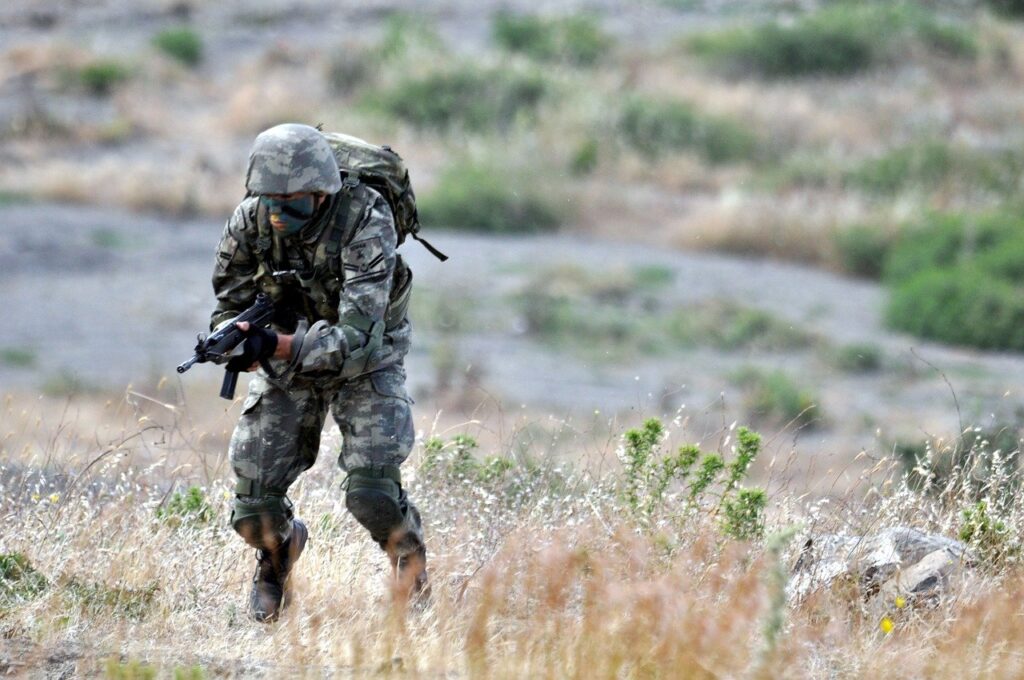Vestigo Volatility Score: 35%
On Sept. 10, Belarus and Russia began joint military drill exercises known as Zapad-2021. The exercises simulate a conflict with western countries, sparking particular concern among western-aligned nations in eastern Europe. The military exercises take place at a time of an increasingly confrontational Belarus and a muscle-flexing Russia, somewhat justifying the media concern. However, fears of military conflict and escalation with a NATO ally are likely overblown. The military exercises have taken place every four years, with media channels each time forecasting a quasi-Armageddon. Poland declaring a state of emergency in the wake of Zapad-2021 and Belarusian President Alexander Lukashenko declaring his army would be the first to engage in fighting in the event of war, are both incidents of loud rhetoric which merely highlight the status quo.
Constraints to consider
- Joint military exercises between Russia and Belarus have occured every four years, each time with significant media attention
- Despite increasing ties between the two countries, Belarus has shown proclivity to avoid crossing the Rubicon of an integration policy with Russia
- Escalatory rhetoric has arisen in the context of a loud, but militarily innocuous, tit-for-tat between Russia and NATO
The annexation of Crimea occurred in a different political, economic, and cultural framework
Russia has shown a recent proclivity to build up arms on its eastern borders. Analysts will often recall the annexation of Crimea to highlight Russia’s territorial ambitions. In many respects, Crimea was an easy decision for Putin and his aspirations. In that conflict, Putin could try to claim the cultural high ground with most of the region’s population comprised of Russian speakers with Russian heritage. Crimea must therefore be viewed in a different contextual framework. The annexation of Crimea also occurred over seven years ago. Readers might now believe the west is on the brink of war with Russia, particularly when words like Zapad-2021 are thrown into the mix. The truth is that there has continuously been significant military flexing during the years in between 2014 and 2021. Zapad-2017 attracted even more worry than today, with the events in Crimea poignant in the memories of bordering countries.
Belarus is not prepared to give up its sovereignty
Belarus has very much tied its hands to Russian influence, accepting hoards of financial aid and military backing just to stay afloat. That fact may indeed be cause for concern in the long term. Lukashenko recently met with Putin for the fifth time in 2021, highlighting the entrenchment of the relationship. However, Minsk has so far avoided making irreversible political concessions. Lukashenko recently negotiated unchanged gas prices for the year 2022, and in doing so avoided indexing gas imports to the Russian ruble. There has also been little talk of Belarus adopting the Russian coin as currency itself. The current lack of yearning for more stringent political and cultural integration suggests a restricted relationship in the short to medium term.
A stalemate between Russia and NATO will remain for the foreseeable future
Western countries also often engage in military exercises to counter what they see as an expansionist Russia. Tens of thousands of NATO troops participated in military exercises, known as Defender Europe, in south and east Europe during the summer of 2021. The energetic display of arms from both sides represents a tit-for-tat that will not dissipate, but in and of itself does not represent an increased likelihood of military conflict.
Nonetheless, to state that the military exercises have little significance is also a likely inaccurate representation. Zapad-2021, as well as future drills, represent a strategic mission for Putin to gain leverage when transacting with western countries. In years to come, such a strategy will help promote a doctrine of mutual assured destruction, and in turn grant Russia greater political capital on the world’s stage.
We base the percentage of our Volatility Score on the material constraints that determine the potential of a global event becoming a long-term global disruptor. We think that anything above the 75% mark should be studied with particular interest.

